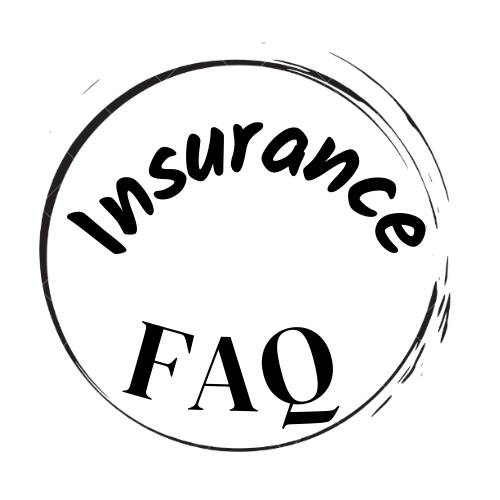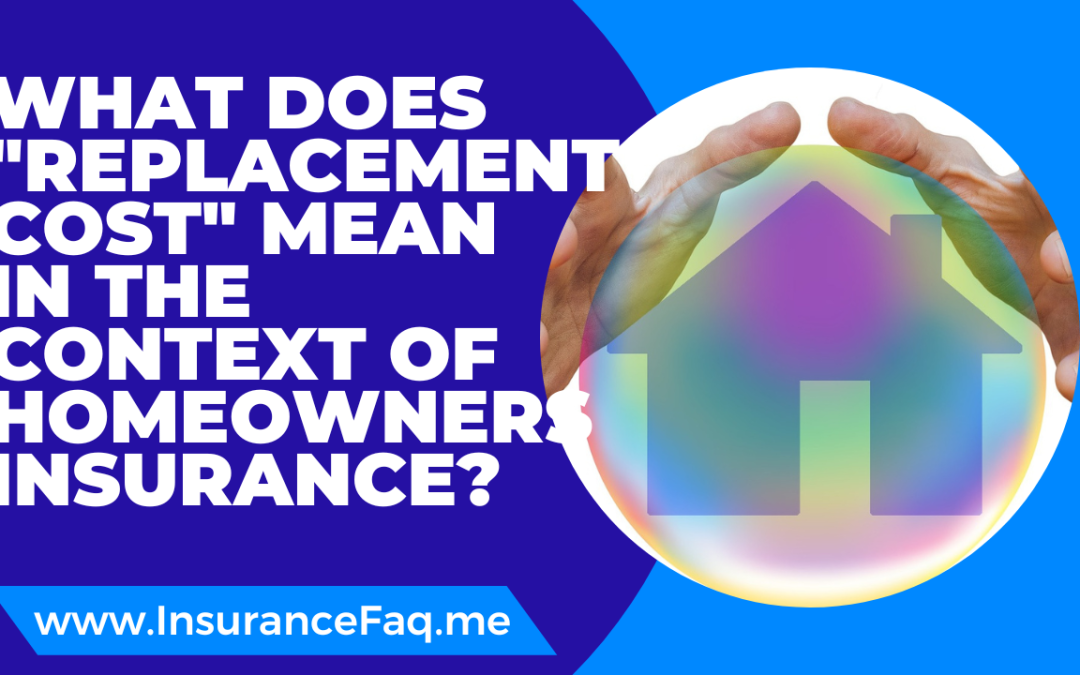Question: What does “replacement cost” mean in the context of homeowners insurance?
Short Answer:
Replacement cost refers to the amount it would cost to replace damaged or destroyed property with similar property of like kind and quality, without any deduction for depreciation. It is a common measure of the value of a property used by insurance companies to determine the amount they will pay in the event of a covered loss. When purchasing homeowners insurance, it’s important to choose a policy with adequate replacement cost coverage to ensure you can fully repair or replace your damaged property.
Detailed Answer:
“Replacement cost” is a term you may have heard when shopping for homeowners insurance. If you’re considering a policy, it’s important to understand what it means, as it can have a significant impact on your coverage and your ability to repair or replace your property in the event of a covered loss.
Replacement cost refers to the amount it would cost to replace damaged or destroyed property with similar property of like kind and quality, without any deduction for depreciation. This means that, if your home or personal property is damaged or destroyed, your insurance company will cover the cost of repairing or replacing it with new property that is similar to what you had before. This can include the cost of labor and materials, and is designed to help you recover from a loss as quickly and easily as possible.
When you’re shopping for homeowners insurance, it’s important to choose a policy with adequate replacement cost coverage. This is because the cost to replace damaged or destroyed property can be significantly higher than the original cost to purchase or build it. For example, if your home was built many years ago, the cost to replace it today may be much higher due to increased construction costs, building codes, and other factors.
Do not confuse Replacements Value with Actual Cash Value
It’s also important to note that replacement cost coverage is not the same as actual cash value coverage. Actual cash value coverage only covers the cost to replace your property, minus depreciation. So, if your home is 10 years old and has a replacement cost of $100,000, but has depreciated to an actual cash value of $80,000, an insurance company that provides actual cash value coverage would only pay $80,000 in the event of a covered loss. With replacement cost coverage, you would receive the full $100,000 to repair or replace your home.
When choosing a policy with replacement cost coverage, it’s important to consider the value of your home and personal property, and to select a policy with adequate coverage to ensure that you’re protected in the event of a loss. It’s also important to regularly review your policy and update your coverage as necessary to reflect changes in the value of your property, such as additions, renovations, or the purchase of new items.
In conclusion, replacement cost is a key aspect of homeowners insurance coverage, and it’s important to understand what it means when you’re shopping for a policy. With adequate replacement cost coverage, you can ensure that you have the protection you need to repair or replace your property in the event of a covered loss. Be sure to consider the value of your home and personal property, and choose a policy with adequate coverage to provide the peace of mind that comes with knowing you’re fully protected.


